Overview
Purchasing and using a gun safe offers a safe way to store firearms and provides the best protection against unauthorized use, theft and fire. There are many safe options in the marketplace at a variety of price points offering a variety of features and benefits. Many people view a gun safe as an investment because safe are often kept for a long period of time. Here are some tips on how to choose the best gun safe.
Determine desired safe size
Review the number and size of firearms that need storage. Count long guns and smaller guns. Long guns can often be stored efficiently in an upright position in dedicated gun racking inside the safe. Smaller firearms may fit on adjustable shelves or on the inside door panel. Let’s be honest, firearm collections grow over time so anticipate the ability to store more firearms in the safe in the future. Some people store other valuable items like jewelry, important paperwork or family heirlooms so decide if shelves are needed for storing those items.
Some safe companies use the safe width in the model number, others use the number of long guns that can be stored, while other safes have no model number at all. Take care when comparing products from different manufacturers. Often times it is best to compare actual dimensions, since every manufacturer rates the “gun capacity” differently.
Examine interior configuration options
Look at the configuration options to see if the safe can grow with a growing collection. Adjustable shelves and the ability to swap between gun racks and standard shelves can extend the use of a safe without having to purchase an additional safe when more firearms are acquired. Some manufacturers, like Steelhead Outdoors, offer storage on the inside of the door panel to maximize storage within a gun safe.
A well-organized gun safe will allow the owner to keep contents tidy and in order. Not only will a gun safe keep firearms from knocking around one another and potentially damaging the metal, wood, and the mounted scopes, a well-organized gun safe allows for quick entry and exit, if needed.
Review fire-insulation levels
Fire-insulation is an important consideration. Be aware that there isn’t an independent third-party that tests safes and provides standard time and temperature ratings. Safe manufacturers use different testing methods and every fire is different. Keep in mind that fire-insulated safes can withstand intense heat for some time before heat enters the safe. Many fire-insulated safes are built with thicker steel walls and may come with special seals that expand when the temperature soars to seal the safe’s door and keep fire out. Fire protection is like theft protection in that nothing is invincible, but a more expensive safe usually equates to more time.
Determine ease of moving safe
Fire-insulated safes are heavy and often difficult and dangerous to move. Depending on size, these safes can weigh 600-1,500 lbs. Modular gun safes are a good solution. Modular safes can be assembled and disassembled which allows for easier 2-person moving when it’s necessary to relocate the safe. Modular safe panels can weigh less than 100 pounds. The safe is assembled with hardware only accessible from the inside of the safe, so that it can only be disassembled after the door is opened, preventing unauthorized persons from attempting disassembly.
Traditional safes often require paying a moving company $165-$535, according to moving industry data. Do-it-yourselfers and their friends risk physical harm when they attempt moving a traditional safe themselves. Other moving considerations are the weight of the safe on stairs, floors and vehicles. While moving the safe, the weight of the movers must be added to load capacity for stairs and floors.
Assess the probability of changing residences or wanting to pass along the safe to a family member to determine if this is an important consideration.
Determine dehumidifier needs
An often-overlooked part of protecting investments is preventing moisture damage and corrosion. Traditional gun safes utilize standard drywall as the fire insulator. Drywall has trapped moisture that is boiled off in the case of a fire. It performs well in fire testing but causes some corrosion issues in everyday use. The trapped moisture is slowly released inside the safe, creating an environment with potential to cause damaging rust and corrosion to the contents of the safe. This is the primary reason dehumidifier use is so widespread inside gun safes. Some companies offer other construction methods that eliminate the need for a dehumidifier that requires electricity. Steelhead Outdoors safes utilize a unique, patent-pending construction consisting of a two-stage insulation system. This system is comprised of a dry ceramic fiber insulation rated to 2300 degrees F, and an interior metal panel with a radiant heat reflecting coating on the backside. This insulation system does not trap any moisture, so it does not give off moisture in everyday use and does not fill the safe with steam in the event of a fire.
Review lock options
No safe is theft-proof, but additional security features create additional difficulties for attackers and shop valuable time. High quality gun safes utilize either a mechanical or electronic lock. The type of locking mechanism is a personal preference. Electronic locks are becoming more popular. Steelhead Outdoors offers both mechanical and electronic locks.
Review insurance policy
Some insurance companies have made it a requirement to store guns in a gun safe in order to be fully covered, especially if the firearm is of higher value. Some insurance companies provide a discount on a policy is a gun safe is used. Consider purchasing a safe that will provide an insurance discount.
A gun safe is a long-term investment for security, peace of mind and actually a requirement in some locations. There are many options in the marketplace that address the needs of today’s savvy gun safe buyers.

